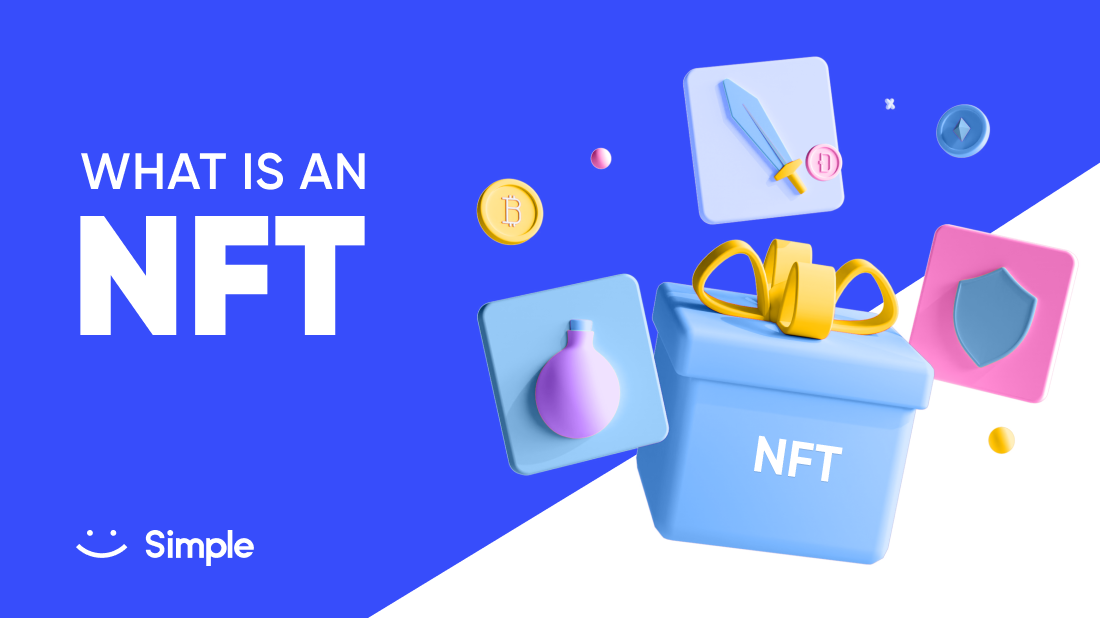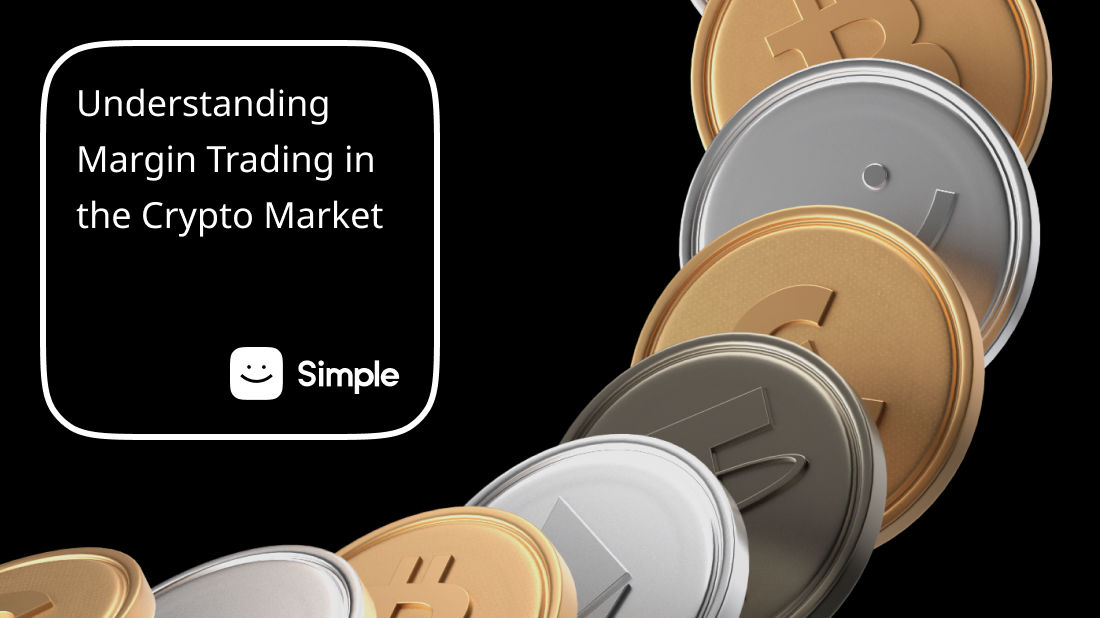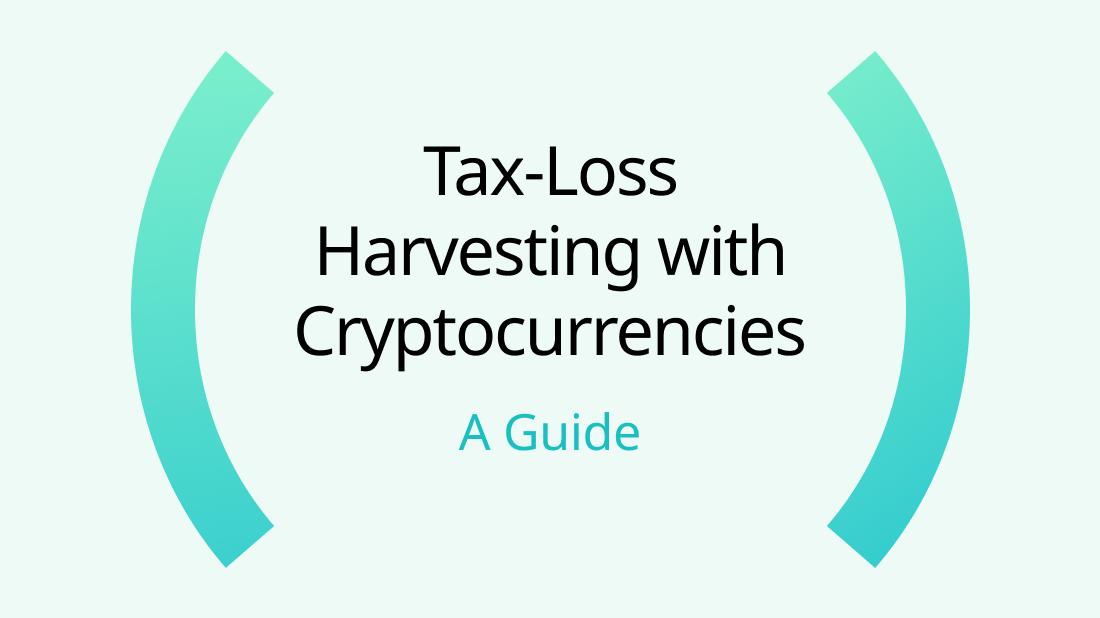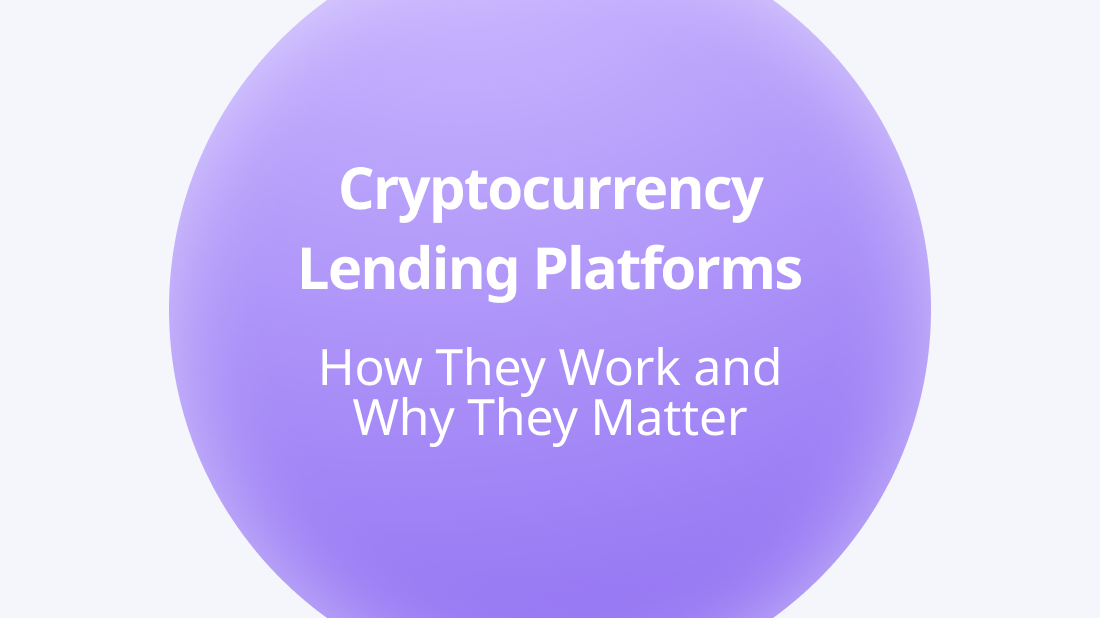What are NFTs and where they are used

Non-fungible tokens have exploded in popularity, initially made as fun art with wild price speculation. They have now found themselves in many more valuable areas improving already established practices and creating new ones. Here will be a very Simple explanation of what NFTs are and where they can be used.
A unique digital asset with an associated identifying certificate that proves its authenticity. In simpler terms, it's an exclusive item; you can easily verify that it is the original and belongs to the actual owner. It can be any image, digital painting, video, audio track, or gif. Unlike cryptocurrencies, an NFT can not be broken down into smaller pieces. A dollar can be split into 50 cents and maintain the value, but cutting a painting in half wouldn't make much sense. NFTs also can't be exchanged for one another equally. A Bitcoin can be swapped for another Bitcoin at any time and nothing would change, they are of equal worth, but exchanging NFTs is like bartering apples for apples, yes, they are the same in concept, but hardly the same in value.
Anyone can create their own NFTs, the process of "minting" one isn't expensive but does require some preparation and understanding. This is a good topic for another article; for now, let's look at areas where NFTs have already opened opportunities and became particularly useful.
Digital art
That's what NFTs started as and continually attract media coverage as the most expensive or famous art sold. Some are individual pieces that usually relate to a massively popular event with symbolic meaning. But where NFTs have seen even more popularity is "collections" - a concept centered around a single core over which slightly variating images are created. Some famous examples are CryptoPunks and different Ape Yacht Clubs. They serve as a token that displays belonging to a closed group of people; owning one of those NFTs means you are one of the very few people who could buy and afford it. Some do get really pricy; the most expensive CryptoPunk was sold for 23.7 million USD, while most others range from 100,000 to 7 million dollars. Beyond that, it's not always easy to even buy one; they often go off in closed auctions to the highest bidder.
Music and Movies
NFT art has become immensely popular among musicians and directors. Used as a more direct form to interact with fans and, of course, a source of additional profit. Album artwork, song tracks, posters, and movie scenes were minted as NFTs. A perfect collectible for fans, displaying not only belonging to a community but a specific aspect of it or a particular event. It also helps the creator to easily analyze what is most popular among fans and where their interests lie. The resale of such art between fans can also earn the artist a portion of the prize. Each NFT can tell a unique tale and connect specifically to the person buying it.
Gaming
The gaming industry has really been the best prepared to implement NFTs. The demand for skins and other customizables has become a revenue source for some of the most popular games. Now many play-to-earn crypto games have built-in marketplaces for NFTs. They are used in 3 main ways: as a reward for player activity and participation in events, purchasable upgrades and cosmetic items, as well as ownership of game property. Best examples are The Sandbox, Decentraland, and Axie Infinity. Markets in these games have generated huge trading volumes and commissions for the developers. Many games are now created specifically to accommodate NFTs, made as free-to-play to attract as many players as possible and giving away free NFTs to bolster trading. Collectible card games are perfectly suited for that, but any game that allows skins fits in such a role.
Ticketing
The two key terms that define "what is an NFT" are: they can't be exchanged for another with equal value and are whole, unbreakable into smaller fragments. These innovative qualities allow NFTs to be used in event marketplaces. Their uniqueness makes them a perfect reminder of a great and memorable event. Stored easily in digital wallets or exchanges accessible from any device, NFTs can't be lost or damaged like a paper ticket. For vendors blockchain tokens are proof of ownership and authenticity, such tickets can not be forged. NFTs can also be linked to a person at the point of sale, restricting scalpers' ability to buy them out and sell at a margin.
Conclusion
It is not a particularly difficult concept to understand what is an NFT. Going into the specifications, smart-contracts programming and blockchain application is really not necessary for the majority of people. NFTs represent a whole range of possibilities for many areas, improving the livelihood of both the creators and consumers. They allow new interactions with fans and create a whole new dimension for collectors.












